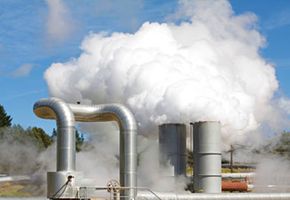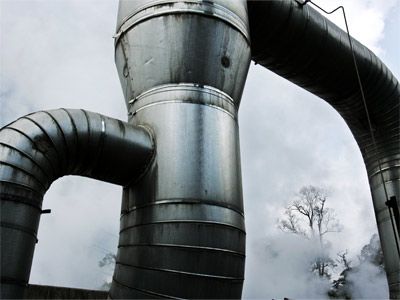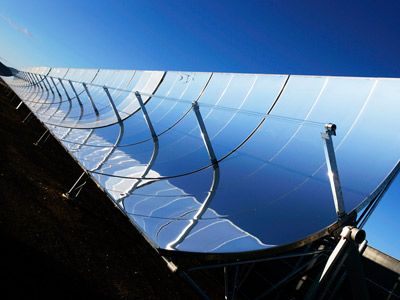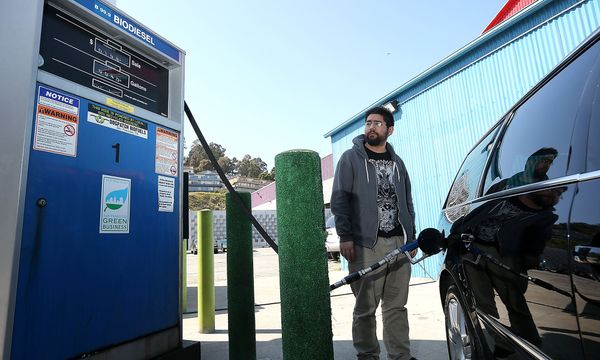Key Takeaways
- Geothermal power plants harness heat from the Earth's interior to generate electricity, offering a relatively safe and sustainable energy source.
- Risks associated with geothermal energy primarily involve potential release of harmful gases and seismic activity, but these are typically minimal compared to other energy sources.
- Proper site selection, monitoring and regulation help ensure the safety and environmental sustainability of geothermal power plants.
For all our hand-wringing over the oil supply, it might shock you to realize that the solution to our dependence on fossil fuels lies right under our feet. In Western states like California, Nevada, Idaho, Alaska and Hawaii, underground pockets of geothermal energy — hot rock, superheated water and steam — can be tapped to generate electricity. According to backers of geothermal technology like Google, this carbon-neutral, inexhaustible energy source could meet 15 percent of America's electricity needs by 2030.
Advertisement



